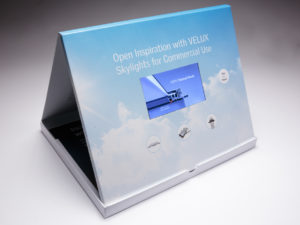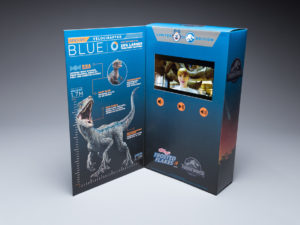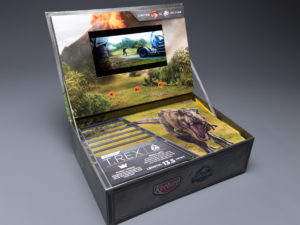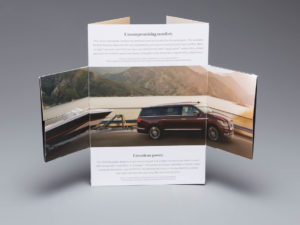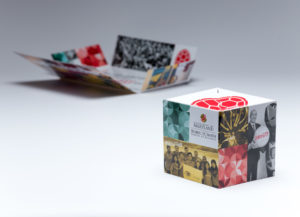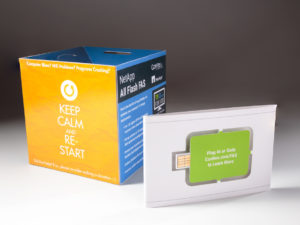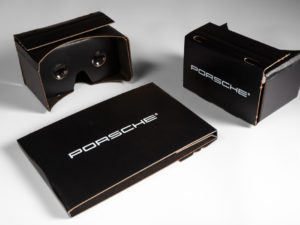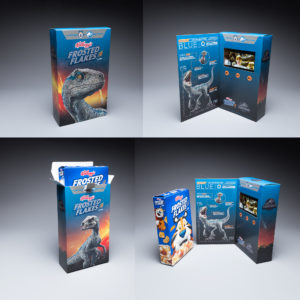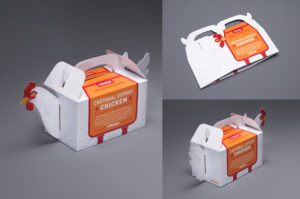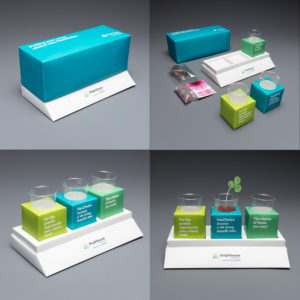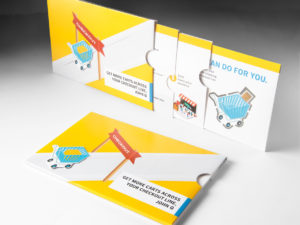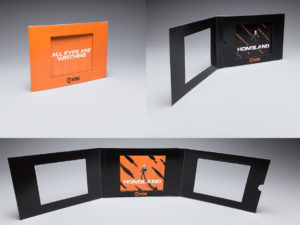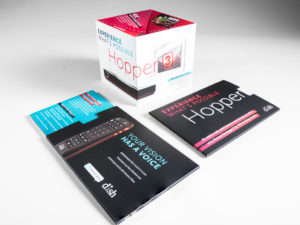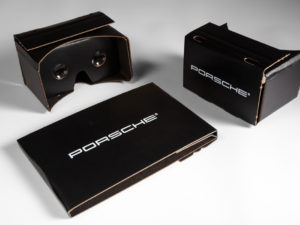If you’re doing a good job supporting your clients, they’ll become your best (perhaps presently untapped) marketing resource for your business. Research shows that prospects are more likely to take action on or interact with your brand when they hear about someone else’s experience with your products or services than if they were to only hear a sales pitch from you or one of your sales agents.
Clearly, things like testimonials and case studies can go a long way when it comes to marketing your business. However, how can one harness all the great stories, experiences and, overall, customer feedback? Here are a few ideas.
Narrow Your Social Listening
We all love seeing the photos customers post of our products on Facebook, Twitter, YouTube and Instagram. So, why not use those to your advantage? By creating a unique hashtag or searching for a specific location or product name, your social listening will be much more targeted and allow you to cultivate added content to use across your own channels. Not only does this translate to better brand loyalty, but it also encourages other customers to post their own images, casting a wider marketing net for you.
Experiment with CrowdSourcing
Looking to implement a new tagline, logo or packaging? Ask your customers what they think first. A great way to make customers and clients feel valued is to engage them in your marketing efforts, involving them in decisions they can be proud of. Maybe it’s as simple as a survey that’s sent in the mail; maybe it’s a single tweet. With Instagram’s new question feature and platforms that allow you to answer questions and get feedback in real-time, there’s never been an easier time to help your audience feel a sense of ownership to your brand (plus you’ll get great insights).
Turn Customers into Advocates.
Here’s the thing: customers and clients are already talking about you, whether you like it or not. Research suggests that we still give substantial weight to the recommendations of our friends and peers, so, why not give those with positive experiences an opportunity to share them? To get started, why not invite them to do “takeovers” of your social media accounts, present at an event, or review products on their own YouTube channels. Word-of-mouth marketing will validate your brand’s credibility and turn your most loyal fans into advocates of your business.
